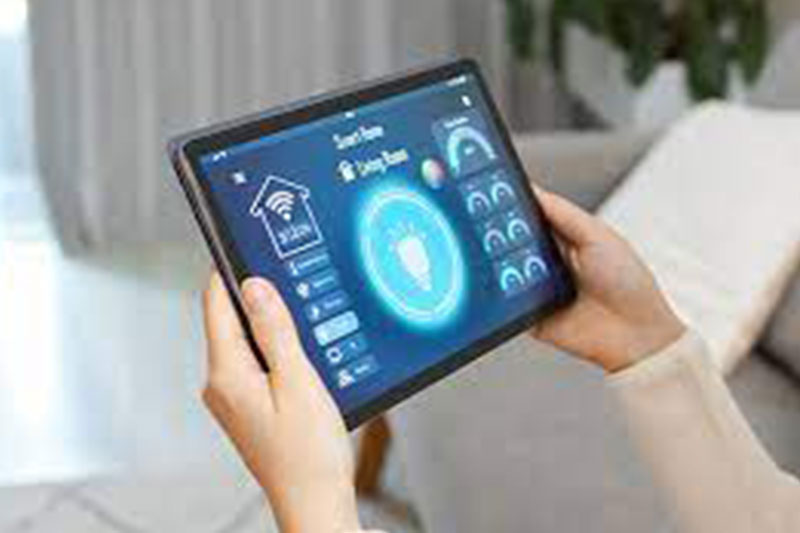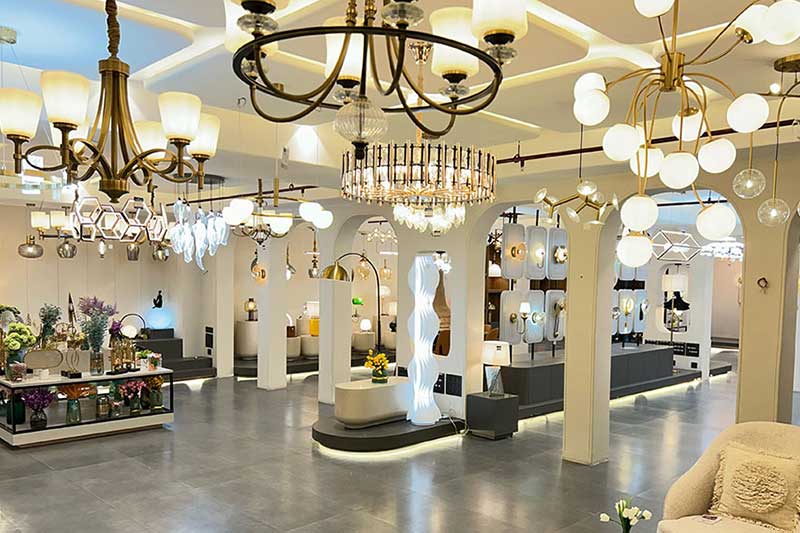The Progression of Lighting Control Systems: What You Need to Know

Lighting control systems have come a long way, evolving from simple switches to integrated solutions that offer enhanced efficiency, user control, and personalization. Today, advanced lighting control systems transform how we interact with lighting in residential, commercial, and industrial spaces, providing energy-saving benefits and improving overall user experience. Here’s what you need to know about the evolution of these systems and how they can benefit you.
1. From Manual to Automated: The Beginning Era
In the early days, lighting control was a matter of flipping switches. These basic manual controls were limited to turning lights on and off, often resulting in wasted energy. Over time, dimmers and timers were introduced, offering users more flexibility to adjust the light intensity and schedule when lights would turn on or off. These early systems laid the groundwork for more solutions to come.
2. The Rise of Digital Control Systems
The digital era introduced more advanced lighting control technologies. Digital controls, integrated with sensors and timers, enabled lights to be adjusted based on factors such as daylight, occupancy, or even room temperature. Occupancy sensors allow lights to turn on and off automatically based on the presence of people in a room, reducing unnecessary energy consumption. Meanwhile, daylight sensors adjusted lighting levels to complement natural light, ensuring optimal daytime illumination.
3. Smart Lighting: Integration with IoT and AI
The next major leap in lighting control systems came with the rise of smart lighting, fueled by the Internet of Things (IoT) and artificial intelligence (AI). These systems allow users to control lighting remotely via smartphones, tablets, or voice commands. Integration with AI enables lighting systems to adapt to your preferences and schedule over time, learning your habits and adjusting lighting automatically based on your daily routines. Smart bulbs can even change color to suit your mood or environment, creating personalized lighting atmospheres for any occasion.
4. Wireless Lighting Control
With the advent of wireless technology, lighting control systems have become even more versatile and convenient. Wireless systems allow for easy installation without complex rewiring, making them ideal for both new buildings and retrofitting existing ones. Zigbee, Z-Wave, and Bluetooth are popular wireless communication protocols used in modern lighting systems, providing seamless connectivity and control across devices. These wireless systems can be integrated with other smart home or building automation systems, offering enhanced control and flexibility.
5. Energy Efficiency and Sustainability
Modern lighting control systems are increasingly designed with energy efficiency in mind. Advanced dimming technologies, combined with occupancy and daylight sensors, help optimize lighting based on actual needs, significantly reducing energy consumption. Additionally, many systems are now compatible with LED lighting, which consumes less power and has a longer lifespan compared to traditional incandescent or fluorescent bulbs. These energy-saving features not only reduce electricity costs but also contribute to sustainability efforts by lowering carbon footprints.
6. Integration with Building Automation Systems
As smart buildings become more prevalent, lighting control is being integrated into larger building automation systems (BAS) for enhanced operational efficiency. By connecting lighting systems to HVAC, security, and other building functions, BAS allows for centralized control and automation. For example, lighting can be programmed to adjust based on occupancy, time of day, or even the building’s temperature, improving energy use across the entire building. This integration also provides valuable data and analytics, enabling building managers to monitor and optimize energy consumption in real-time.
7. The Future of Lighting Control: AI and Beyond
The future of lighting control systems is bright, with even more innovations on the horizon. Advanced AI will continue to enhance personalization, enabling lighting systems to anticipate user needs, optimize energy consumption, and even adjust to external environmental conditions like weather or seasons. Additionally, integration with voice assistants, such as Amazon Alexa, Google Assistant, or Apple Siri, will become more seamless, providing an even more intuitive user experience.
Canada’s Leading Expo: Illuminating the Future of Technology
The evolution of lighting control systems has made it easier than ever to create personalized, energy-efficient environments. Canada Light Expo, scheduled for 12 and 13 November at the International Centre in Toronto, will bring together industry leaders, professionals, and innovators to explore and shape the future of lighting technology. From sustainability to industry-leading innovations, this event is a key platform for shaping the direction of the industry. As technology advances, this expo ensures that attendees stay ahead of the curve, embracing a future of smarter, more sustainable lighting solutions.
Are you ready to embrace the future of lighting control? The possibilities are endless.
More News
What’s Shaping Lighting Purchases: Buyer Behaviour & Market Insights
The lighting industry is entering a period of accelerated evolution driven by technology adoption, sustainability priorities, rising regulations, and increasing expectations for…View More
The Science of Light: How Human-Centric Lighting Boosts Productivity & Wellbeing
Lighting has always been a technical necessity, but today it is evolving into something far more powerful. Human-Centric Lighting (HCL) is shifting…View More
Beyond Illumination: Why Canadian Architects Now Design with Shadow
Canadian architecture is entering a new era where lighting is no longer defined by brightness alone. For decades, buildings were designed to…View More
How Do the Most Trusted Lighting Brands Stay at the Top
In a competitive and constantly evolving lighting market, staying top-of-mind isn’t just about creating beautiful products, it’s about creating consistent value. Lighting…View More
The Strategic Role of Decorative Lighting in Commercial Spaces
Canada Light Expo | 12–13 November 2025 | International Centre, Toronto, Canada Visual design contributes significantly to market perception, tenant retention, and…View More
Download
Register Now
Show Countdown
International Centre, Toronto, Canada
- days
- Hours
- Minutes
- Seconds





